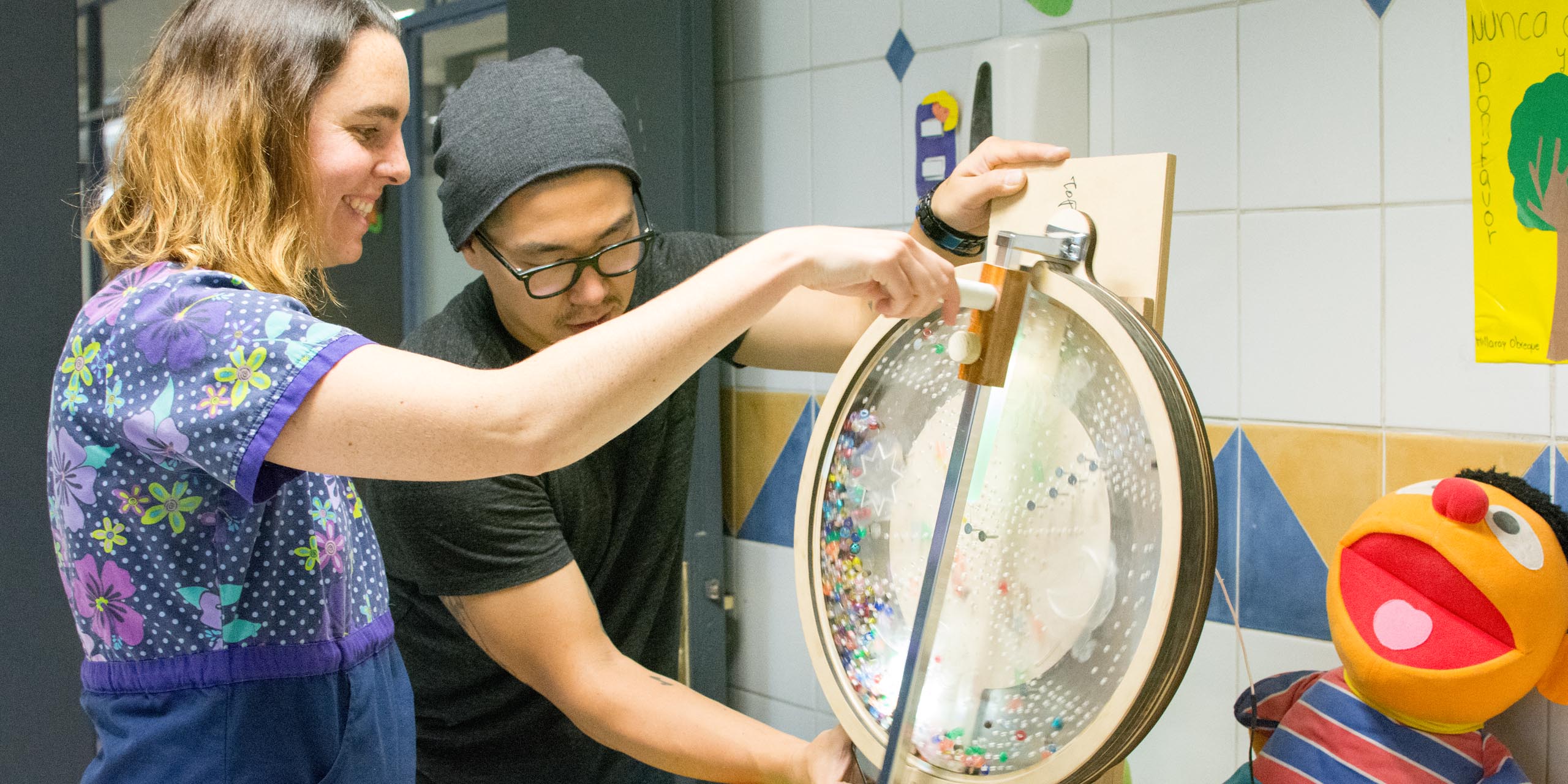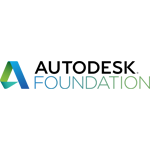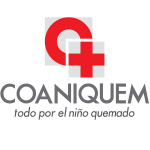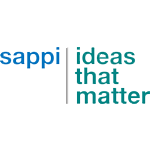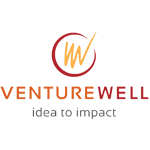Bronze / Emily Nyburg, Anna Meddaugh, Behnia Rahmati, Ariane Fund, David Hollo, Marie Stargala / Safe Niños: PlayScape
Bronze / Alvin Oei, Dave Kim, Nicholas Jayanty, Lori Nishikawa, Su-Sun Kwak, Belle Lee/ Safe Niños: Healing Tree
Finalist / Behnia Rahmati, Anna Meddaugh / Safe Niños: TeenZone
COANIQUEM: Safe Niños Development Seminar
- Global Health
- Social Entrepreneurship
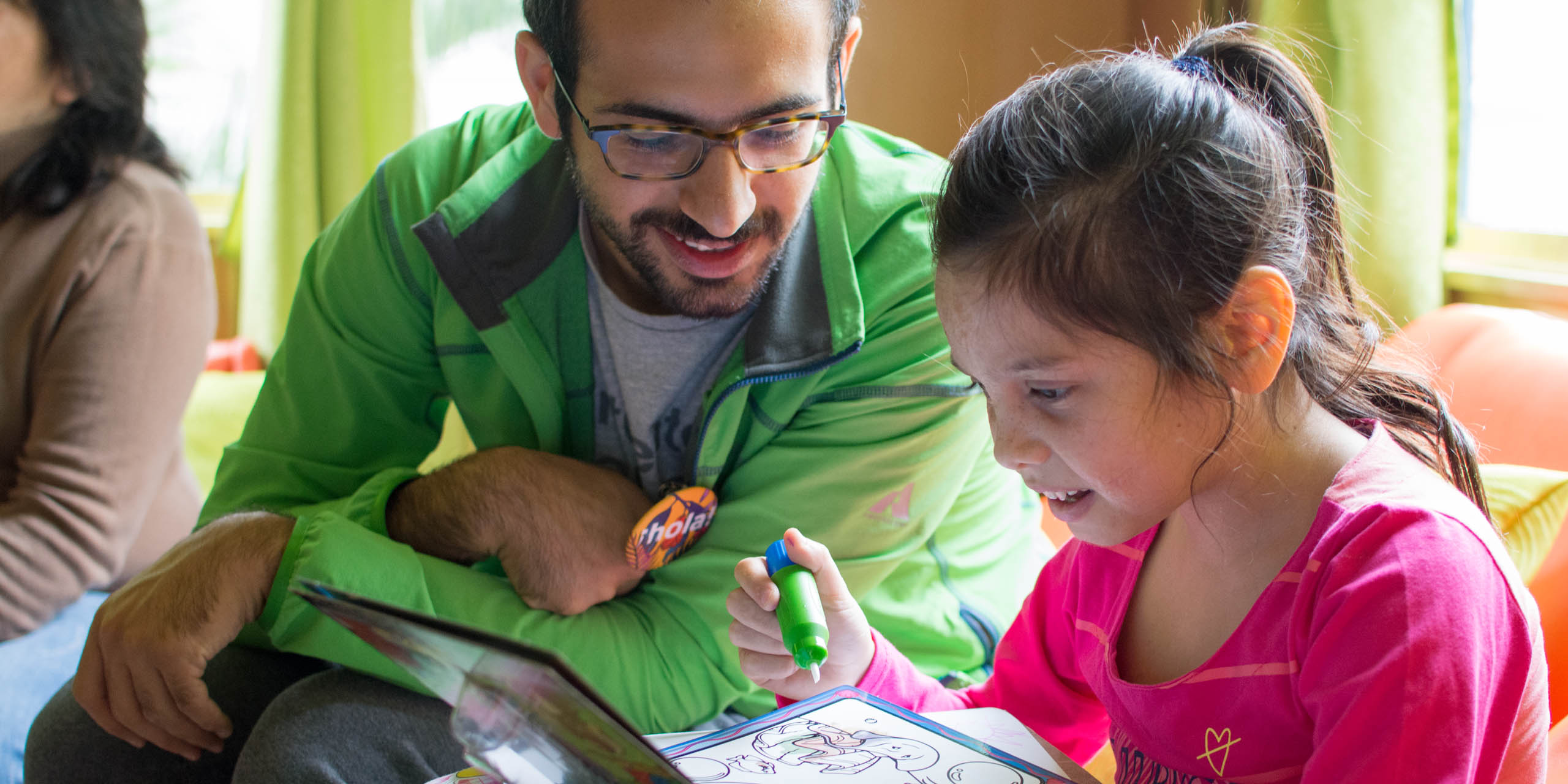
Summer 2016
A continuation of the Spring 2016 Safe Niños Studio, the Safe Niños Development Seminar was inspired by the motivation to reimagine the 6-acre campus of COANIQUEM, a nonprofit pediatric burn treatment facility in Santiago, Chile and Designmatters partner. Students refined and improved on final outcomes presented at the Spring Studio, moving design concepts closer to actualization and implementation.
As in the original studio, students were heavily engaged in co-creation with COANIQUEM stakeholders including pediatric patients, their families, doctors, staff and administration, drawing upon their expertise to produce practical yet engaging connective elements around the campus that would present a cohesive vision of care and compassion.
A select group of students traveled to Chile for additional research and to test prototypes; after weeks of additional refinements, some students again returned to Chile for supplemental field research while others were privileged to oversee the installation of their projects with the help and support of faculty and students from School of Design, DUOC UC.
This project was made possible in part by support from the Designmatters Educational Program Grants from the Autodesk Foundation and VentureWell.
Project Brief
Building upon the work accomplished in the previous Safe Niños Studio, a subset of students from the original studio along with additional students especially recruited for the seminar came together with the Safe Niños faculty and the Designmatters team to develop the vision of the original studio to the next phase of design development. The goal of the seminar focused on cost-effective and innovative ways to bring several of the designs schemes proposed in the 1st studio to further implementation readiness.
Working in multidisciplinary teams, students collaborated to tackle specific design projects that are resulting in spatial upgrades of the campus of COANIQUEM.
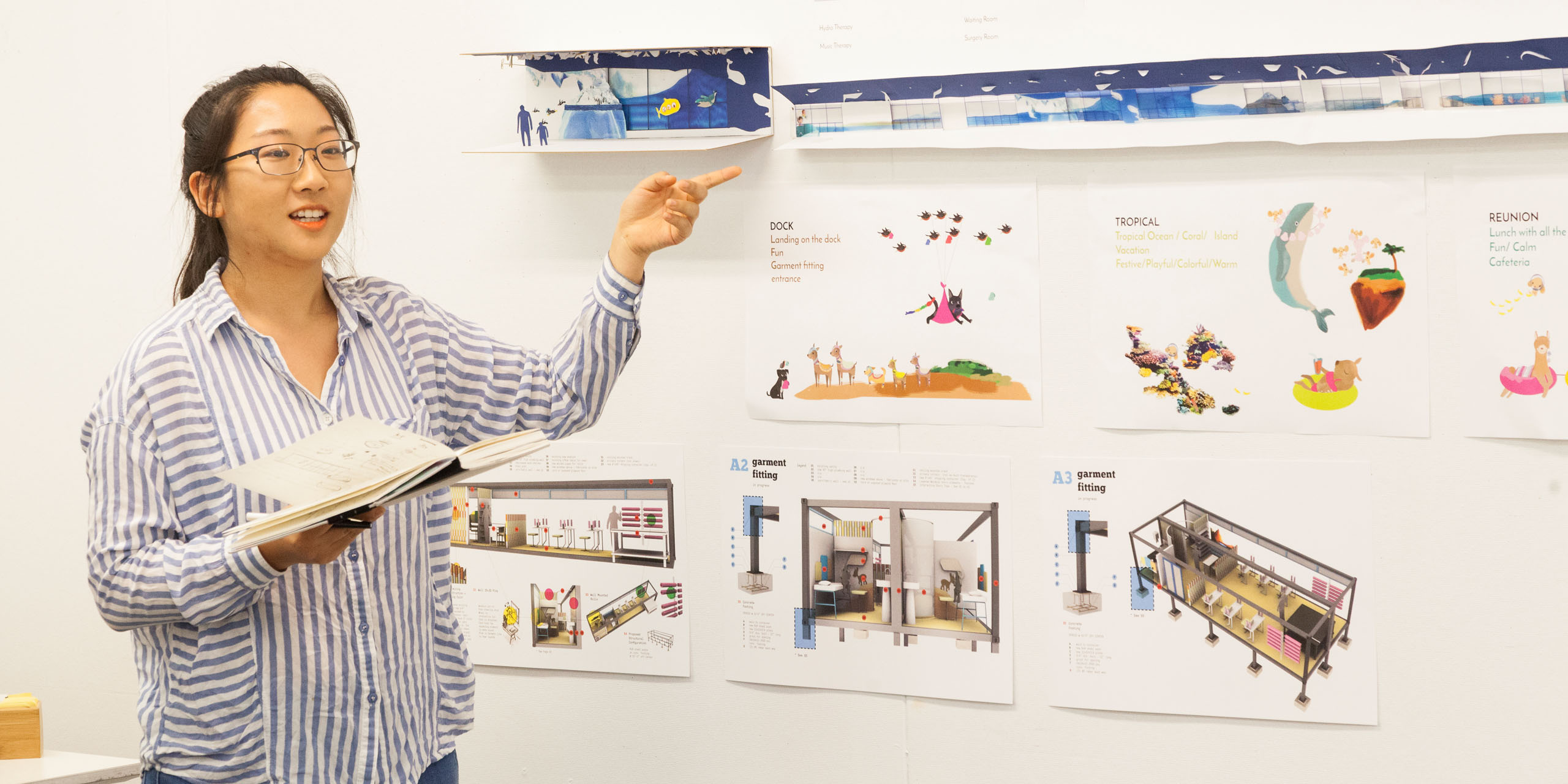
“Everyone from the Safe Niños team brought courage to this project. COANIQUEM taught us how to be truly patient-centered, the faculty and department chairs supported our choice to work in a nontraditional way, and Designmatters made the magic happen behind the scenes. Most importantly, I think about the courage of classmates who pushed themselves outside of their comfort zones and put the needs of COANIQUEM before their own ambitions, even if it meant killing an idea they were passionate about or sharing insights and research with one another to make the whole project stronger.”
– Nicholas Jayanty, Interaction Design Student
Background
Across Latin America, more than 7 million children are involved in burn accidents, the result of being too close to hot liquids, open fires, electrical fires, fireworks and other household appliances. About 90 percent of burn accidents involving children happen at home even when parents are nearby.
In Chile alone, 100,000 burn accidents occur annually with the majority of accidents involving very young children (ages 5 years or younger).
For burn survivors and their families, a burn accident marks the beginning of a lengthy and painful process of treatment and rehabilitation that will address not just the physical scar, but psychological and emotional ones as well.
About the Organization
Located in a residential area in Santiago, Chile, COANIQUEM has provided compassionate treatment for more than 100,000 children suffering from burn injuries since its inception in 1979 by Dr. Jorge Rojas-Zegers, its Founder and President. Many children and their families live in underserved communities across Latin America but receive the extensive treatments free of charge thanks to COANIQUEM partners and international support.
On the average, COANIQUEM cares for 8,000 patients annually, welcoming young burn survivors and their families to live at the 6-acre campus for weeks and even months during intensive treatments and therapy sessions. Often burn survivors must return for regular follow-up rehabilitation treatments, a process that can take decades depending on the severity of the original injury.
COANIQUEM offers a holistic care approach that treats body, mind and spirit. In addition to a highly proficient medical and therapeutic staff, COANIQUEM incorporates other trained professionals to journey with the patients and their families through the healing process.
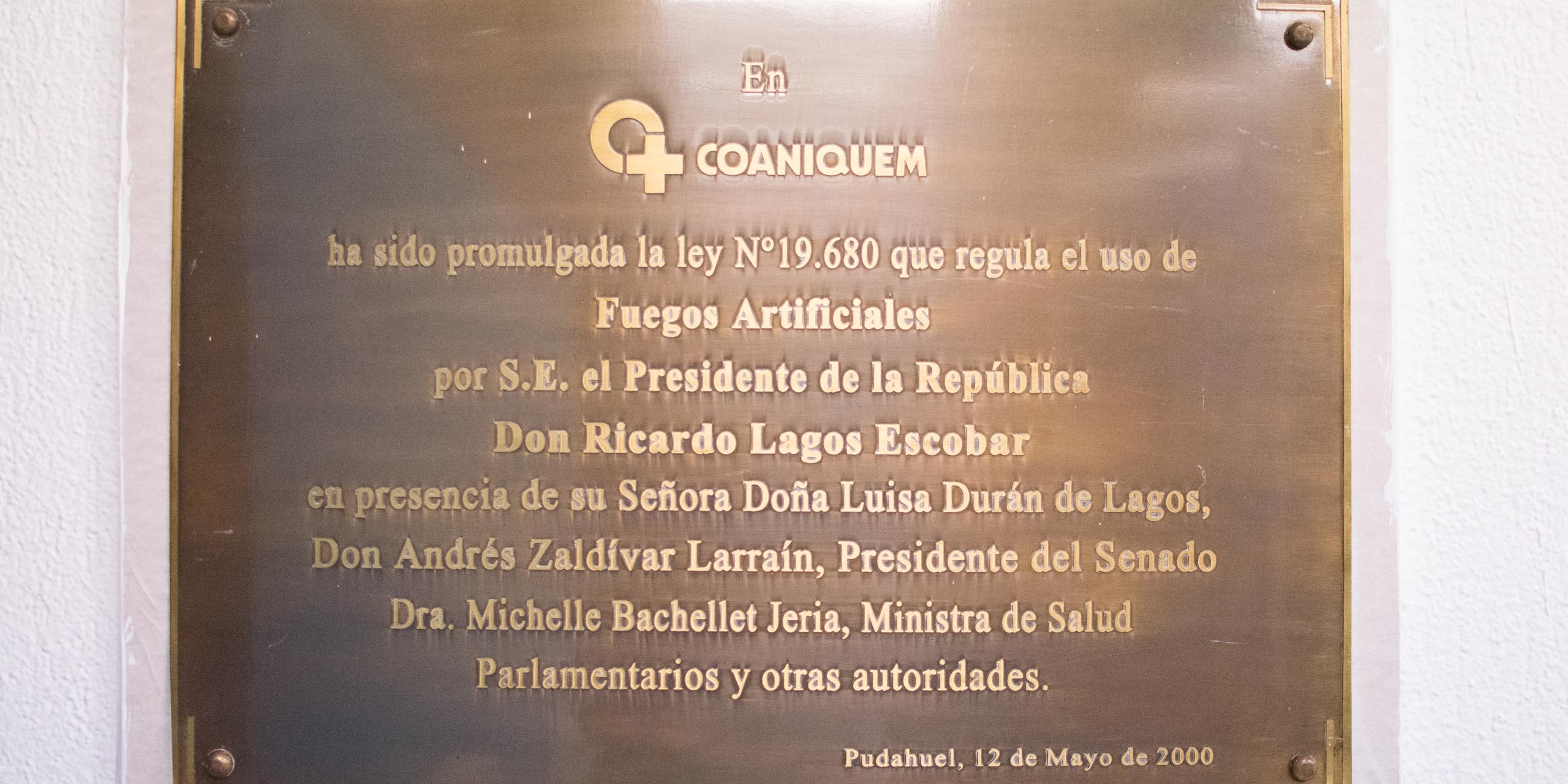
“From the first time I met patients at COANIQUEM, I saw the possibility of giving them more room to celebrate togetherness and inspire them throughout their healing journey. My wishes came true by completing the Teen Zone project. It moved me when I saw them smile as they gathered under the shade, swinging away in the Teen Zone hammocks.”
– Behnia Rahmati, Environmental Design Student
Research and Project Development
Sharing a unified vision of a reimagined COANIQUEM campus, students divided into smaller groups to concentrate reframing efforts on the specific final outcomes of the Safe Niños Studio: Healing Tree Graphic Illustrations, Garment Fitting Room Designs, Electronic Check-in and Notification System, Interactive Therapeutic Toys, Teen Zone, and Waiting Room Remodel.
Students were guided by the vision of El Mundo de Santi (an outcome of the Safe Niños Spring Studio) and the narrative of the Healing Tree, which is a symbolic representation of the long treatment path that children will experience at COANIQUEM.
This magical world incorporates friendly animal characters who represent the various therapies offered at COANIQUEM. Infusing narrative and character designs into the campus environments and in ancillary materials (picture books, passports, toys, digital formats, etc.) strengthens the connection children will have to the storyline which will help them adjust to the realities of the intense treatments and emotions they will experience.
During the Development Seminar, students were engaged in a variety of activities including field research, sourcing materials, design refinement, prototype modeling, testing technology and schedule coordination (especially for projects that would eventually be installed on the campus).
The team responsible for the interactive therapeutic play experiences tested prototypes with children at the Miller’s Children’s and Women’s Hospital in Long Beach as well as with patients at COANIQUEM. Students on team TeenZone were engaged in sourcing products and testing shade material in addition to researching appropriate hammocks and installation systems. The electronic check-in and notification system required deep field research and digital redesign based on direct feedback and observations.
In August 2016, the Development Seminar students from each team returned to COANIQUEM to test prototypes, review measurements and discuss various project aspects with stakeholders. On this trip, students paid particular attention to measureable outcomes and metrics in evidence-based design that could be relevant to other pediatric healing environments and healthcare markets, challenging them to explore affordability and scalability in their own concepts. In collaboration with healthcare experts at COANIQUEM, students researched innovative products and devices, both high- and low-technology, that would be energy-efficient, data-collecting and resistant to infection. Other students researched low-cost materials that could be purchased in Chile to facilitate final implementation on campus. Two student teams installed their projects during this trip with support from COANIQUEM staff and volunteers from Duoc UC, a private non-profit university in Santiago, Chile.
In all aspects, students connected their efforts with COANIQUEM stakeholders, especially staff members, to make sure designs and items would be appropriate, functional, applicable and cost-effective. Students heavily collaborated with one another, exchanging ideas and providing continual support, always keeping in mind the holistic Big Picture of a complete reimagined COANIQUEM campus.
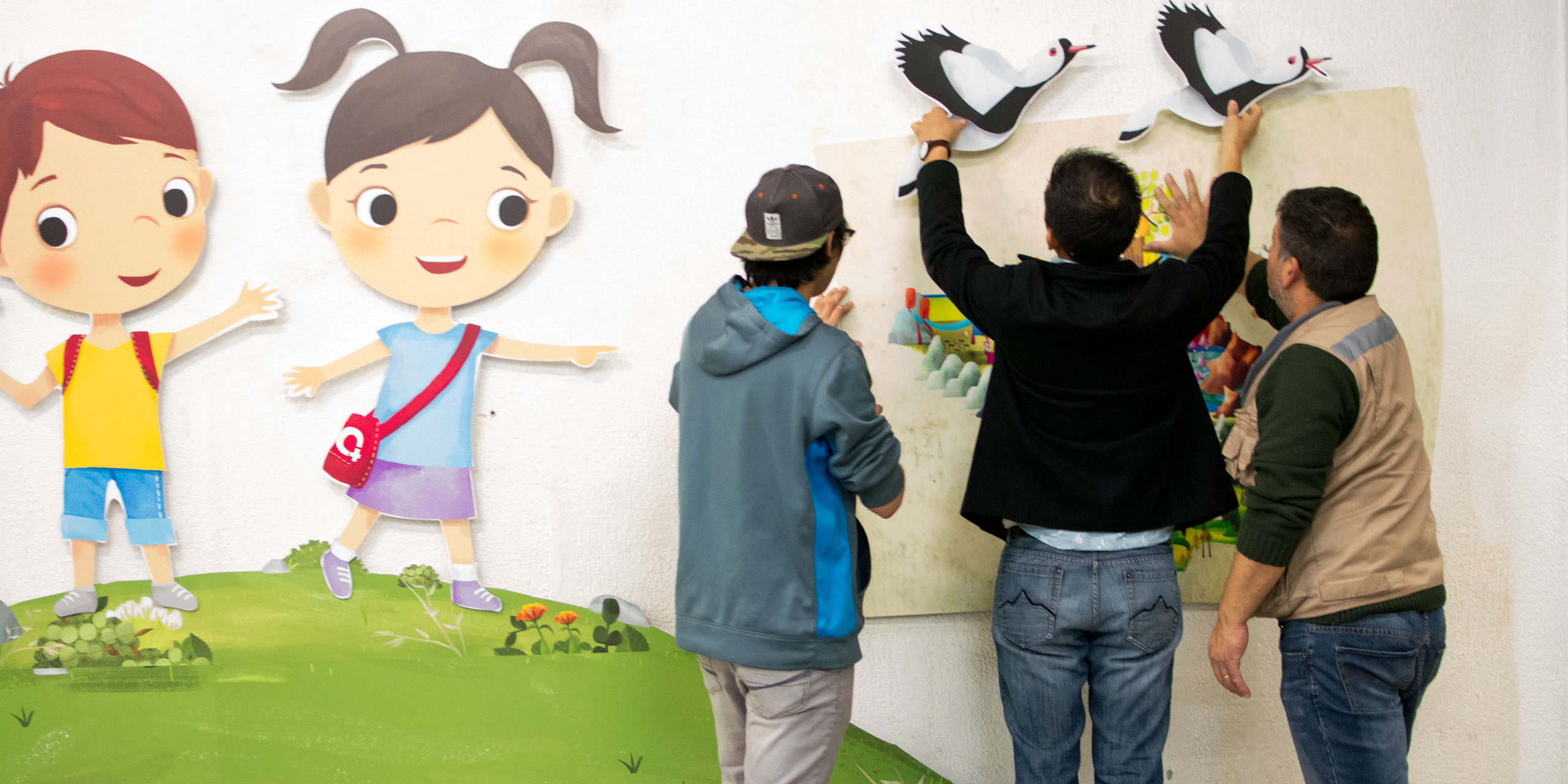
“After we installed the animal graphics on the doors, we heard from the music therapist about a child scared to go to treatment. The therapist was able to use the animals as a narrative tool to reframe the child’s fear into curiosity about what the animals were doing there. She explained to the child that the animals were there to help.
We adults cannot change the type of treatment that needs to happen to a child, but the most important job we have is to prime the patient and remove as much fear as possible. These characters we’ve developed and their stories have the power to do that.”
– Alvin Oei, Environmental Design Student
Project Outcomes
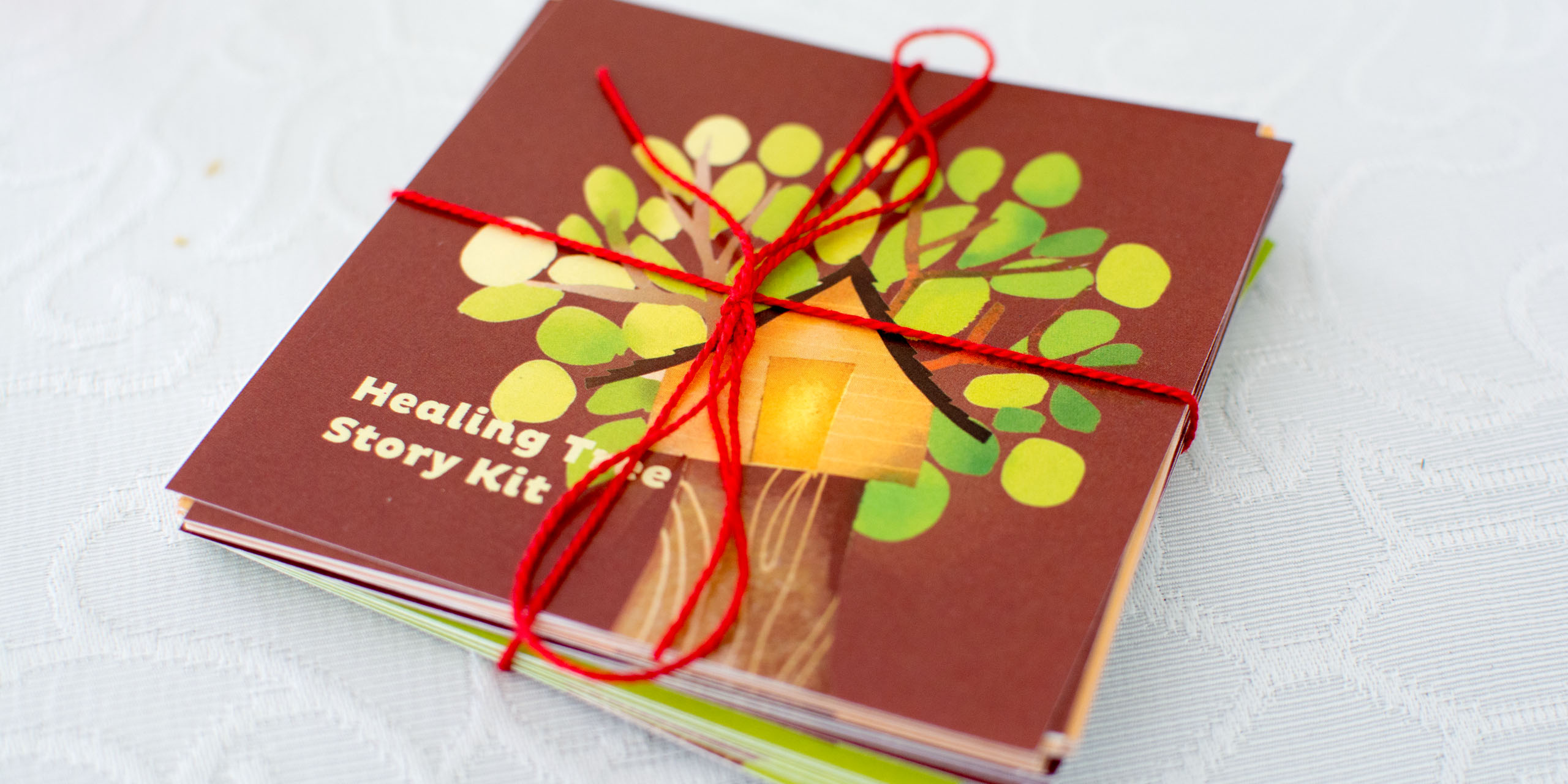 close
close
The Healing Tree
Read moreAlvin Oei, Environmental Design - Su-Sun Kwak, Environmental Design - Belle Lee, Illustration
Responding to stakeholder feedback from the Development Seminar midterm, new graphic illustrations were created and honed to update animal character designs from Safe Niño’s ’s El Mundo de Santi which builds on designs created originally in the 2013 Designmatters Graphic Design Studio The Healing Cloud, led by faculty Guillaume Wolf. Adding to inaugural characters of children Lucas, Camilla and their cat Santi, these new animal characters and the story of The Healing Tree will accompany burn patients alongside their experience at COANIQUEM and be integrated into applications throughout the campus and in supplementary materials including a story book and passport design. Working with each therapy department and associate staff members, students gathered feedback to refine and revise characters that would best reflect their therapeutic association. Students updated The Healing Tree storybook; they also created a low-cost passport design with template that can be conveniently replicated at COANIQUEM. Children would use this colorful passport as they encounter and complete various phases of their treatment journey. The template encompasses an 8 1/2 x 11 sheet of paper and, when printed, is easily folded to its final shape.
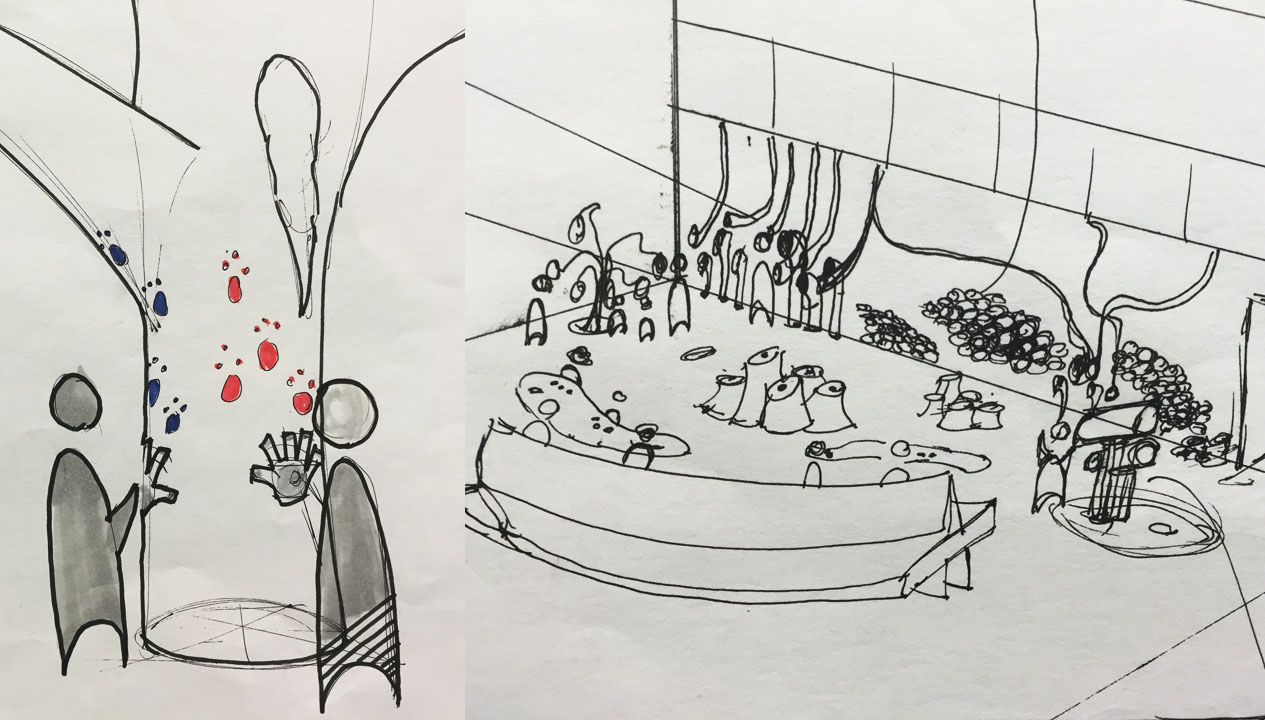 close
close
Interactive Play Wall
Read moreDave Hansung Kim, Product Design - Nicholas Jayanty, Interaction Design
Located in the waiting room, the play wall will introduce first-time patients to the narrative of The Healing Tree as well as provide comforting images for returning patients. Incorporating well-known characters (Lucas and Camilla) and new ones, the wall design will allow patients to explore aesthetics of The Healing Tree storyline in digital, tangible and tactile interfaces. Still in its formation stage, play wall concepts incorporate movements and manipulations that mimic the children’s therapeutic exercises.
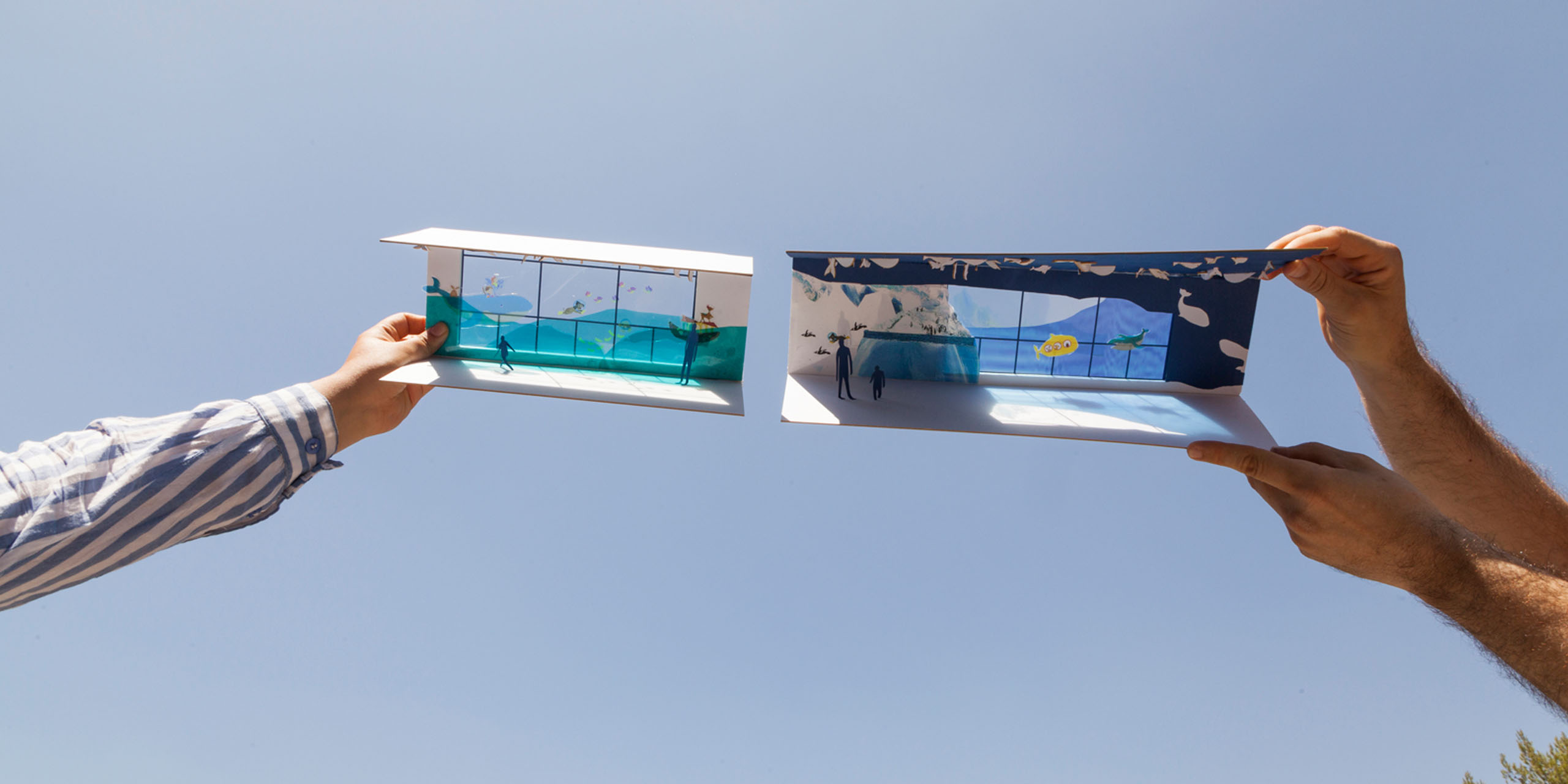 close
close
Graphic Designs for COANIQUEM’s Corridors
Read moreAlvin Oei, Environmental Design - Su-Sun Kwak, Environmental Design - Belle Lee, Illustration
Imagery from The Healing Tree along with colorful and familiar Chilean landscapes will thematically connect and comfort patients and their families as they walk in corridors to and from therapy sessions and doctor’s appointments. Students refined two thematic walkway designs: Flying Through the Andes and The Blue Corridor. Transitional images guide patients from treatment to resting areas and are inspired by different coastal imagery and Chilean landscapes. Flying Through the Andes will begin in the waiting room; The Blue Corridor will lead to the new entry to, when completed, the new Garment Fitting Room. Students researched and tested Chilean-sourced installation materials to see how the graphics would perform. More development and material testing is needed to create the desired effects of transparency on corridor surfaces.
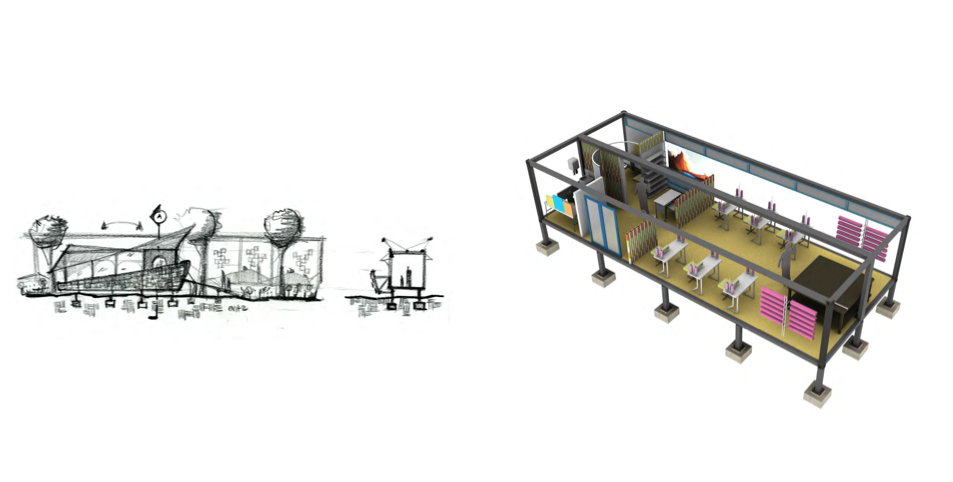 close
close
Garment Fitting Room Design
Read moreAlvin Oei, Environmental Design - Su-Sun Kwak, Environmental Design - Belle Lee, Illustration
Students conceptualized options for COANIQUEM’s garment fitting room, one of the first treatment rooms that patients encounter and where they receive a custom-fitted compression garment, a vital part of their therapy journey. The current fitting room is cramped with little privacy; options for a new space include remodeling a section of the existing campus or creating new construction that could incorporate shipping containers into a new working facility. Students developed graphic internal design concepts that would thematically connect to The Healing Tree narrative.
 close
close
Electronic Check-in and Notification System
Read moreNicholas Jayanty, Interaction Design
The prototype digital platform was created on a tablet device and will enable patients to complete a form as soon as they arrive in the waiting room and be notified by text message when called for their appointment. Based upon direct observations and feedback at COANIQUEM, students continued to modify the inclusive design system that will feature conversational language in the web forms, the ability to input information using only one hand (helpful for busy parents) and patient’s mobile phone number for immediate notification when doctor/therapist is ready to see them. Additional development and testing is needed to make the system functional.
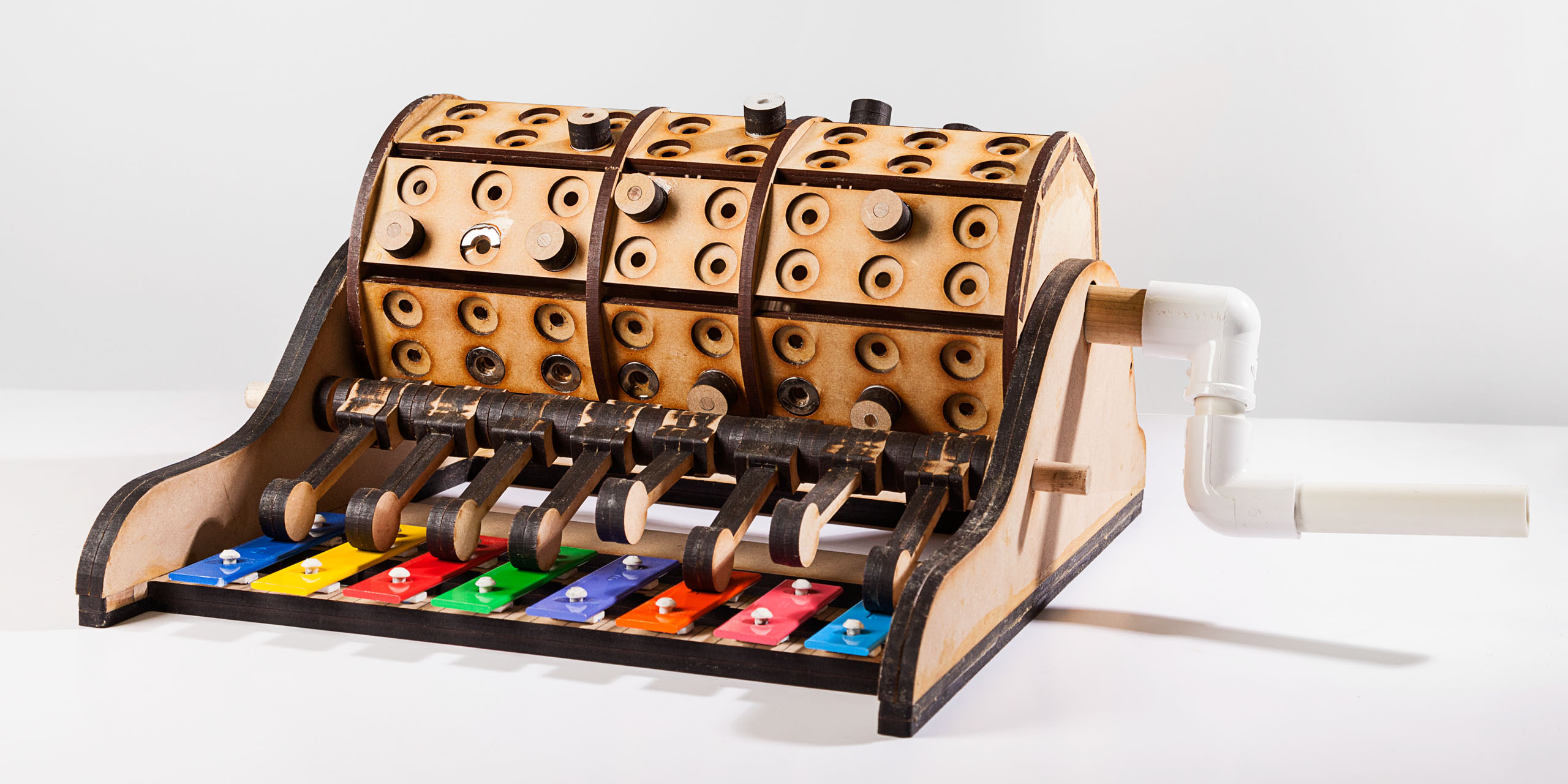 close
close
Interactive Therapeutic Play Experiences
Read moreDave Hansung Kim, Product Design - Nicholas Jayanty, Interaction Design
Students created five prototypes for therapy toys using simple, low-cost materials; two toys are specifically designed to assist strengthening of patients’ hands; and the others are music-based to help support reconditioning of fine motor skills. Students created colorful prototypes (some animal-based) that would appeal to the imagination of children. Inspired by compressive garments, the therapy toy Paow! is a glove that mimics animal paws; likewise, therapeutic finger puppet kits were created to connect patients to the animals in The Healing Tree narrative through imaginative storytelling and play. Using the inspiration from Chilean instruments, musical toys were field tested at COANIQUEM during physical and occupational therapy sessions. Students engaged in deep conversations with specialists on how to improve these toys and bring them to the next level.
Installed Projects
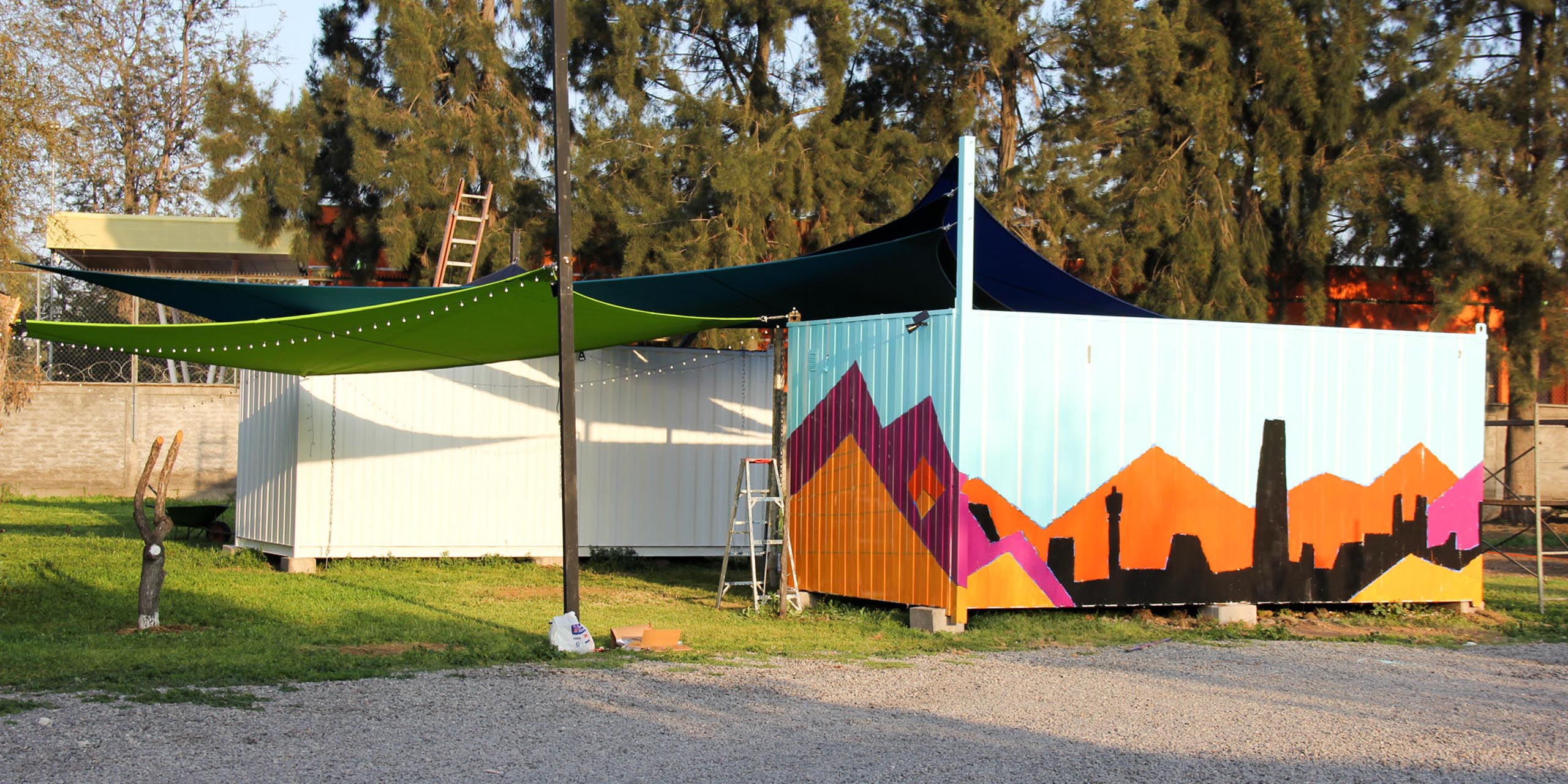 close
close
TeenZone
Read moreAnna Meddaugh, Environmental Design - Behnia Rahmati, Environmental Design
Taking the next steps in the design process conceptualized in the Safe Niños Studio, seminar students concentrated on creating an outdoor communal space near the residential Casabierta where teenagers could meet one another for group experiences as well as private quiet space. In addition to crafting small-scale design models, students sourced materials needed to complete this relatively low-cost project and coordinated a timeline of execution upon their arrival in Chile. They researched how shades would be technically installed using software programs designed for such a task. In addition, they coordinated efforts with COANIQUEM staff for site preparation, exacting physical measurements and other pre-installation efforts. With help from students at Duoc UC, a Chilean non-profit private university founded at the prestigious Pontificia Universidad Catolica de Chile, empty shipping containers on the campus were upcycled and moved to specific locations. They primed and colorfully painted an abstract representation of the Santiago skyline. Students coordinated the mural concepts with a DUOC UC instructor who leveraged many city landscape images into the final design. Additionally, a chalk wall was installed for teens to create their own temporary designs. Using donated materials from San Diego-based Shazeebo, a custom shade sail company, and heavy-duty poles purchased in Chile, students and contractors stretched shade material across shipping containers to create a grassy sitting area, protected from the sun. Colorful hammocks were hung along with solar lights and solar chargers for phones and readers, all giving the area a comfortable and inviting feel.
 close
close
Waiting Room Remodel and Door Graphics
Read moreAlvin Oei, Environmental Design - Su-Sun Kwak, Environmental Design - Belle Lee, Illustration
Fresh paint and added character graphics transformed the ordinary COANIQUEM waiting room into a charming space where familiar images of Lucas and Camilla and a map of The Healing Tree welcome patients and families. New animal character designs were integrated into the space and teased visitors beyond the door into the nearby hallways. Students coordinated the graphic print work with Chilean fabricator and installers; wall surfaces were prepared and smoothed for graphic print application. Students tested many different materials, researching cost, durability and quality. Additionally, graphics were added to nine doors using animal characters associated with various therapies as the first step in the further transformation of the entire COANIQUEM campus to reflect The Healing Tree journey.
Next Steps
Student Alvin Oei received a 2016 SAPPI Ideas that Matter Grant for his design proposal “The Healing Tree” which consists of a storybook, patient passport and an environmental graphic system that would guide children and their families through the various treatment rooms at COANIQUEM. The Sappi Grant will support the creation, printing and distribution of “The Healing Tree” in Spring 2017. Other students continue to work on aspects of the Interactive Therapeutic Play Experiences and the Electronic Check-In and Notification System as independent and senior thesis projects.
Currently, COANIQUEM is seeking partnerships to move forward on other aspects of the Safe Niños design, especially the construction of the Garment Fitting Room.
Update
Dec 31, 2016
President Michelle Bachelet of Chile delivers her New Years 2017 message from COANIQUEM’s TeenZone.

Book
-
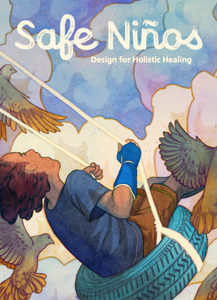
-
Safe Niños - Design for Holistic Healing
This book documents the two term Safe Niños project in which students reimagined the 6-acre campus of COANIQUEM, a nonprofit pediatric burn treatment facility in Santiago, Chile.
Designed by Leonardo Santamaria
Published by Designmatters
Download PDF
Project Publicity
Awards
-
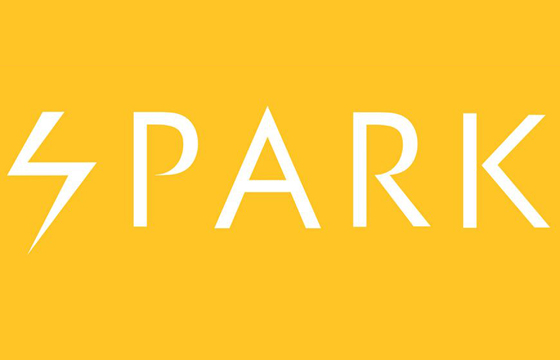

2016 Spark Awards
-


2016 Sappi Ideas That Matter
Alvin Oei/ Safe Niños: Healing Tree
-


2016 Denhart Family Sustainability Prize
Alvin Oei/ Safe Niños: Healing Tree
-
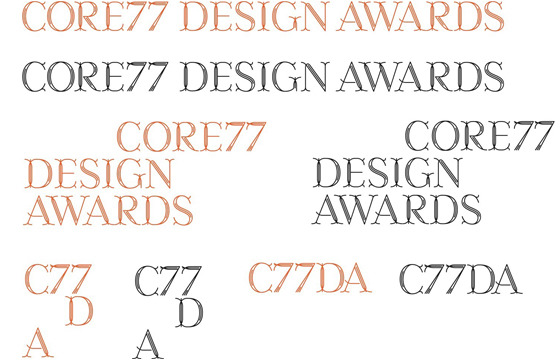

2017 Core77 Awards
Notable/ Alvin Oei/ Safe Niños: Healing Tree
